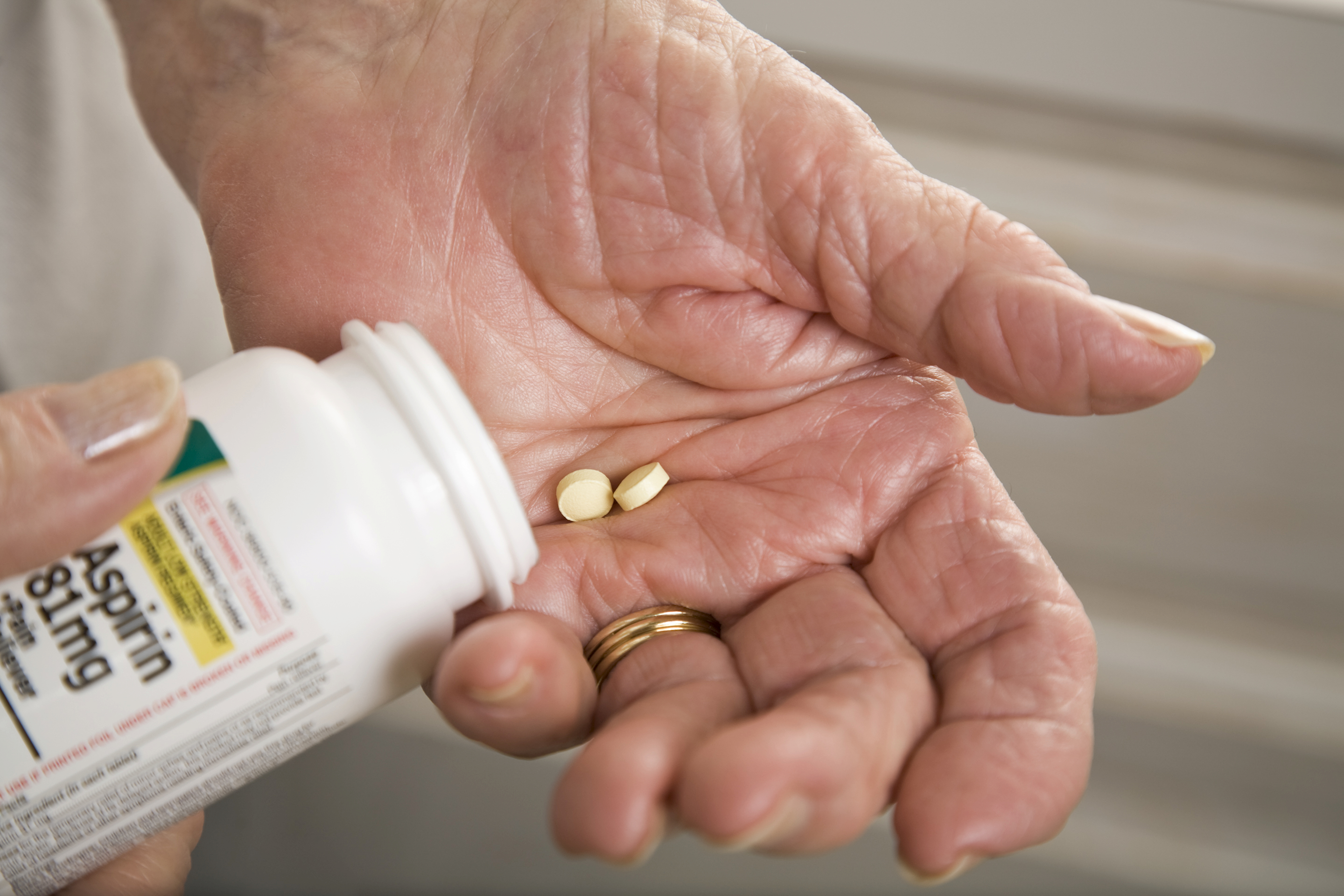Women suffer more aches and pains then men and a third of the fairer sex have had to cope with FIVE or more ailments in the last 12 months.
New research shows just six per cent of women said they HADN’T experienced any type of common pain over the last 12 months, compared to around one in six men (16 per cent).
And 34 per cent of women say they have experienced five or more different types of pain in the last 12 months, compared to just 27 per cent of men.
For the research, by consumer analysts Mintel, “common pain” included headache or migraine, sinus pain, period pain, back pain, joint pain, toothache or dental pain and muscular or rheumatic pain.
Of the ailments suffered, three out of four adults (74 per cent) have experienced a headache or migraine over the past year, making its the most common type of pain.
And, while women’s night-time headaches might be something of cliche, the research confirms that women (81 per cent) really do suffer more headaches than men (68 per cent).
The same is true of back pain, the nation’s second most common type of pain, with 57 per cent of women having endured a bad back in the last 12 months, compared to 50 per cent of men.
Jack Duckett, consumer lifestyles analyst at Mintel, said: “Our research shows that women are notably more likely to experience most types of pain than men, as well as experience a greater range of pains.
“Whilst men are becoming more active in the home, women continue to take the lion’s share of household responsibilities putting them at a greater risk of back ache, not to mention menstrual cycles and pregnancy.”
And – despite the much vaunted ‘man flu’ – the research reveals that women, not men, are more likely to take to their beds when they are struck down with a cold or flu.
Less than half of men (44 per cent) who had suffered a cold, cough, flu or sore throat in the last 12 months said they got more sleep or rest as a result, compared to 57 per cent of women.
But almost a third of women (31 per cent) said they avoided going out if they’re struck down by a lurgy, compared to less than a quarter of men (24 per cent).
Food is the answer for 24 per cent of women who admit eating more comfort foods during times of sickness,s compared to 16 per cent of men.
And only just over over half of men (54 per cent) say they drink more fluids when sick, compared to more than two-thirds of women (69 per cent).
Mr Duckett said: “Men are much less likely to look after themselves when suffering from cold and flu-related ailments, and they are considerably less likely to drink more fluids, get enough sleep and avoid going out.
“This underlines the overall lower level of engagement between men and their health and paves the way for brands to do more to encourage men to take proper care of themselves when ill with cold or flu.”
He said the overall market for over the counter (OTC) analgesics plus cold and flu remedies is in good health, having increased 12 per cent from 2010 to 2015 when the market reached £1.2 billion.
And sales are forecast to grow 16 per cent over the next five years, reaching an estimated £1.4 billion in 2020.
The research showed that while 29 per cent of OTC users prefer painkillers designed for specific types of pain, two-thirds (67 per cent) say they are happy to use general painkillers to treat any pain.
Women (78 per cent) are more likely than men (66 per cent) to keep painkillers at hand when they are sick, according to the research.
Mr Duckett added: “The fact that men are considerably less likely to keep painkillers at hand could arise from their overall lower experience of pain and lower usage of painkillers.
“However, as a majority of men have experienced pain in the last year, campaigns to highlight the benefits of keeping painkillers in kit or work bags could boost purchase of pain relief.”




